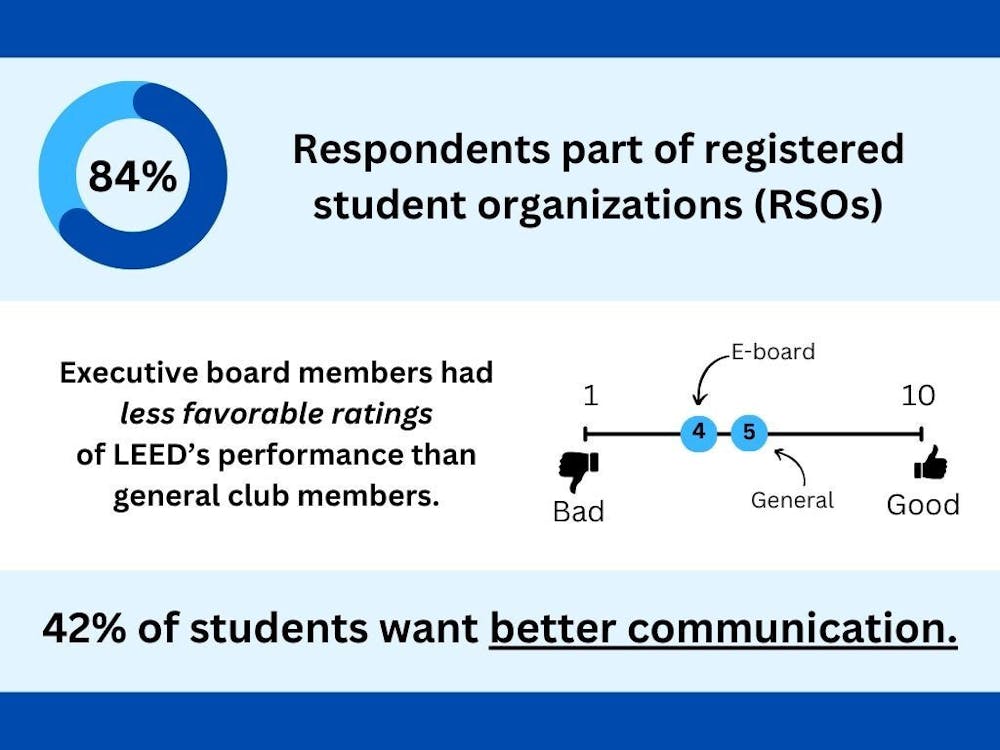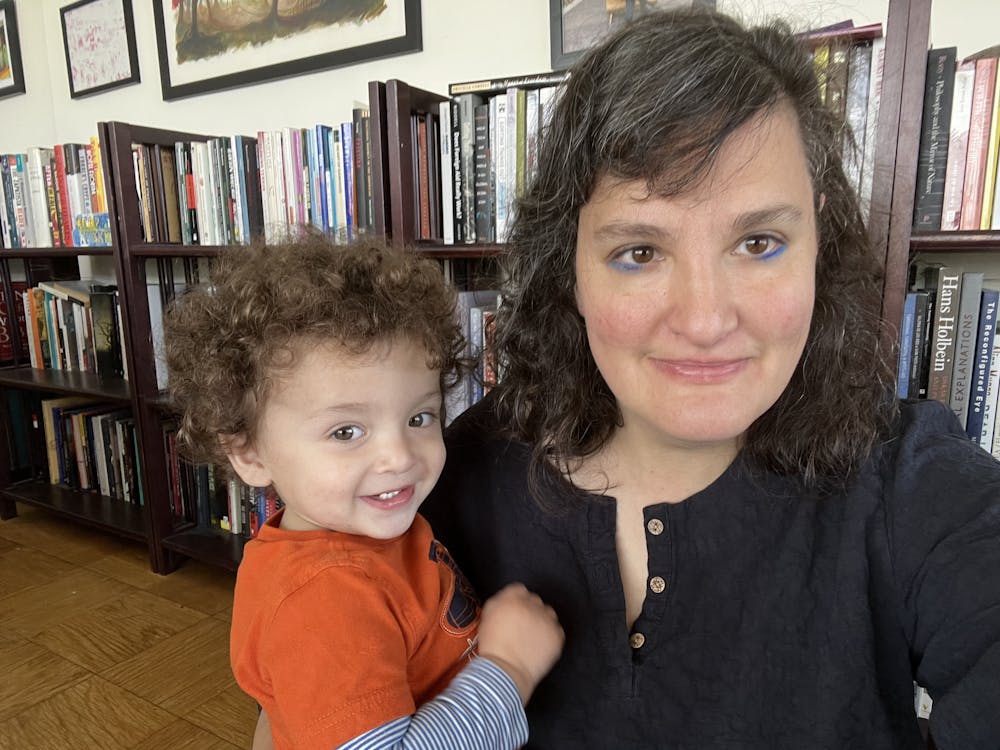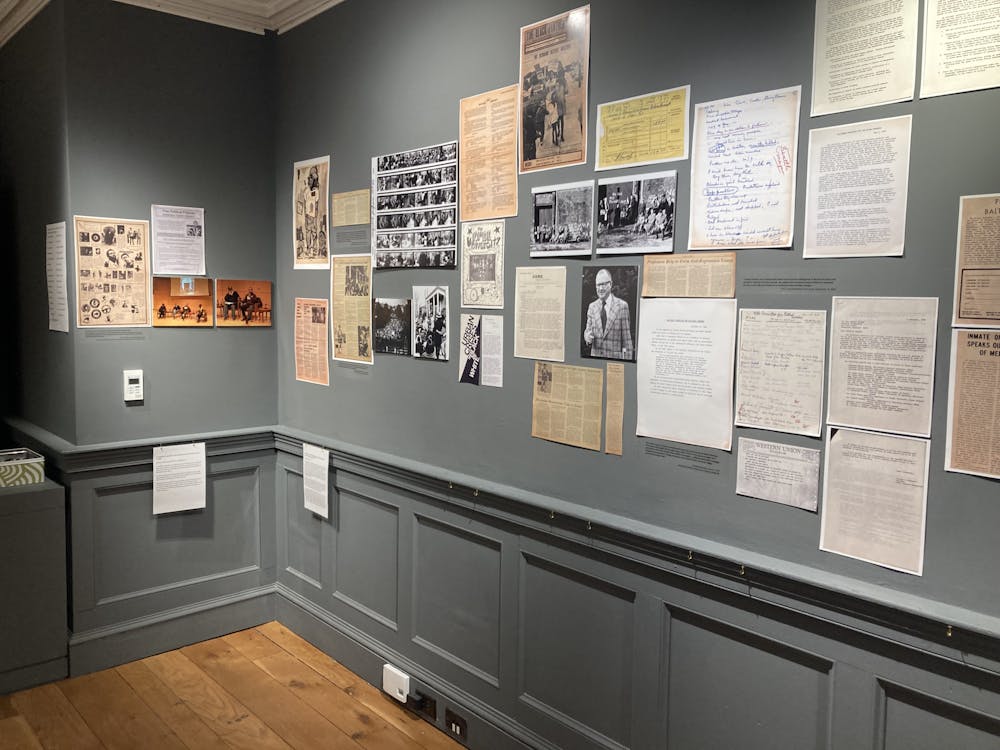Jonathan May, a professor at the University of Southern California (USC) Information Sciences Institute, gave a talk on Nov. 29 about Natural Language Processing (NLP), a branch of Artificial Intelligence and Computer Science concerned with the interactions between computers and human languages.
He also discussed his work developing automatic machine language translation software. The lecture was a part of the Center for Language and Speech Processing’s Fall Seminar Series.
May has experience working at BBN Technologies and SDL Language Weaver. By using an example of how the translation of one sentence by Language Weaver has changed from 2002-2015, May demonstrated how computers’ ability to translate languages has improved over time.
He emphasized the important role that competition between rival companies plays in leading to innovations, using data from the Global Autonomous Language Exploitation (GALE) Program, as an example.
“I would argue that a large part of the reason that these programs are successful is competition,” he said. “We really wanted to beat the other guys [IBM] and they probably really wanted to beat us, and that drove us. Furthermore, we really wanted to improve. We wanted to make sure we were better than ourselves a year ago.”
One real-world application of the machine translation software that May was describing that might be familiar to Hopkins students is TripAdvisor. The software that enables users from all over the world to write and read reviews.
Another example of how these programs and the knowledge gained through developing them can be utilized is to make more systems like Apple’s Siri and Amazon’s Alexa possible. These systems recognize and communicate in human voices.
May also discussed the Low Resource Languages for Emergent Incidents Project (LORELEI). This initiative was inspired by the need for disaster relief organizations to have an effective means of communicating with civilians on the ground in the wake of the Haitian earthquake.
At the time, a text line opened for civilians to message what they most needed, yet these communications had to be translated from Haitian Creole, the native language, which proved to be a challenge. The LORELEI project hoped to simulate similar conditions as a time constraint surprise language exercise.
One of the goals in building these programs was to find language universals or commonalities that help translators when they are working with a relatively uncommon language.
“The idea here is that there’s people in a nation that speaks a language that we don’t have the capability for,” May said. “Then something happens, and we need to provide disaster relief.”
May’s lecture also encouraged students to find and pursue the academic niche that interests them the most overall.
“In your research life, and in your life in general, you should have fun and you should do good work... finding out what works for you is really important, and that’s what really motivates this whole talk,” he said.
For May, the most satisfying application of his skills is often what he refers to as “hill-climbing,” a process that constitutes editing pre-existing codes so that an algorithm or program functions better.
“If I’m working on a particular task and now I’m able to do it better than it has been done before, or maybe even better than I’ve done it before using this new approach, or a twiddle on an old approach, or even something that in retrospect is obvious, for me, it’s a huge endorphin rush,” he said.
Correction: NLP stands for Natural Language Processing, not Neuro-Linguistic Programming. Jonathan May's name and LORELEI were incorrectly spelled, and he did not work on GALE, as previously stated. The News-Letter regrets these errors.
















Please note All comments are eligible for publication in The News-Letter.